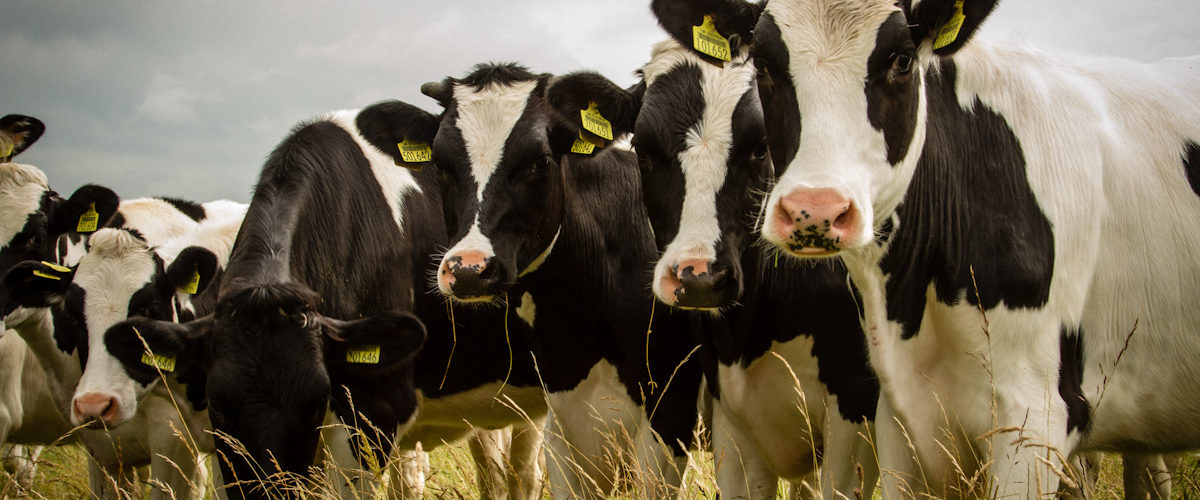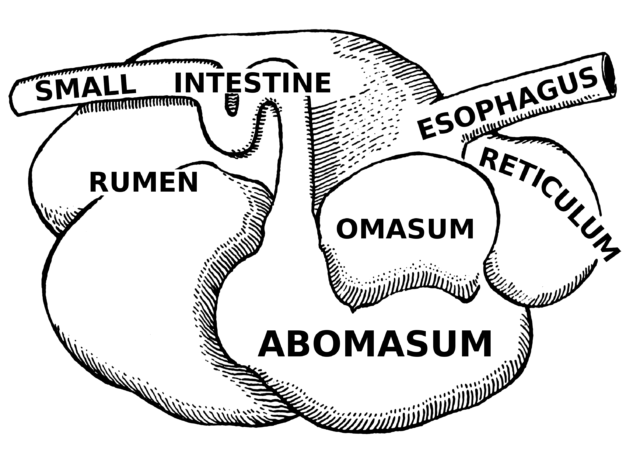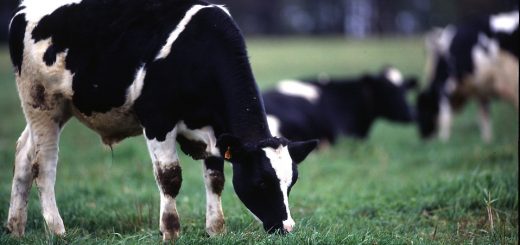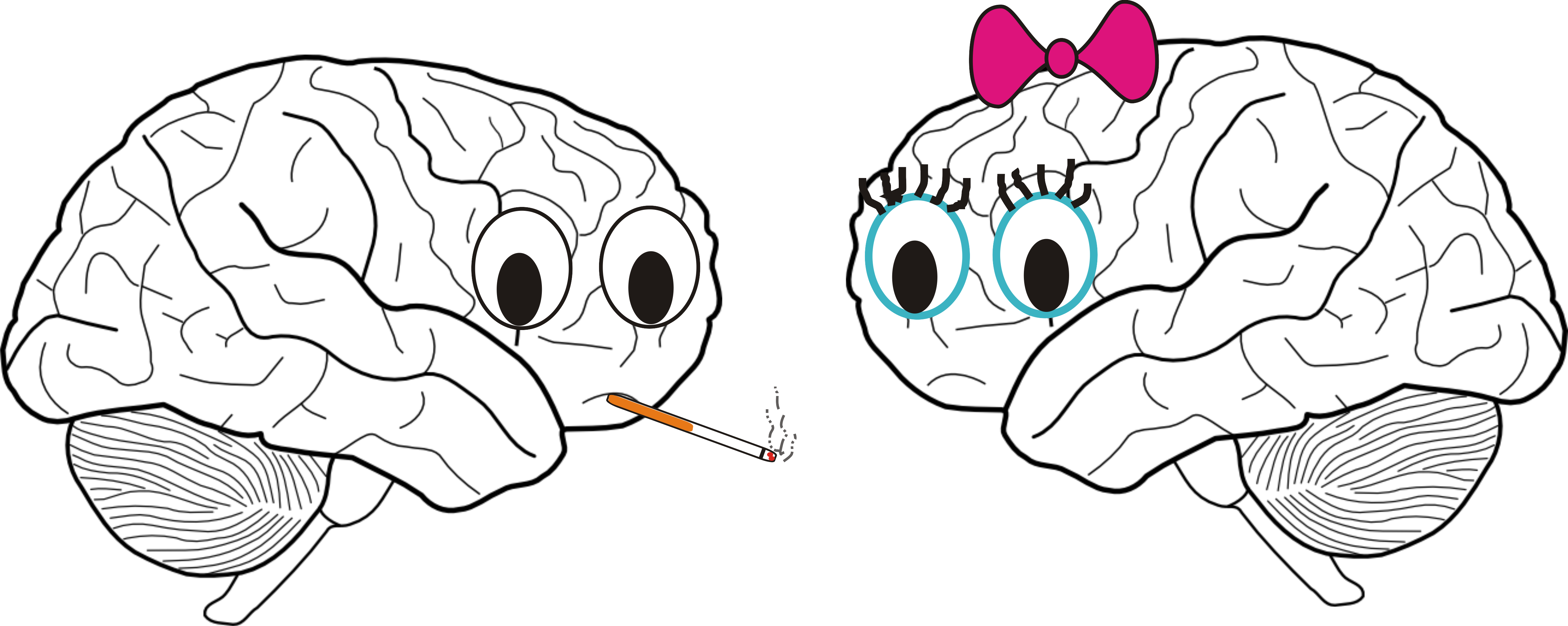The gas is always greener…

Did you know that over 800,000 tonnes of dairy milk was produced last year worldwide? That’s roughly the same weight as 4 adult blue whales.
That’s a lot of milk!
With over 90 billion kilograms worth of the stuff produced in the US alone1, the dairy industry is growing. Over 100 million farms keep dairy cattle and the industry supports the day-to-day lives of millions of people.
It’s not just job prospects that our dairy sector is helping to grow; dairy products are also great sources of proteins, fats and minerals that we need to keep ourselves healthy. Dairy makes up an integral part of many people’s diets and, as our population continues to soar rapidly towards the 8 billion mark, the demands on food production are high.
However, despite clear benefits to us and our livelihoods, dairy farming comes at a cost. In 2015, over 1,700 million metric tonnes of greenhouse gases (or GHGs) were released from the belly of this industry, literally, with ~58% of them originating directly as gases from our cattle2.
Our love-hate relationship with the greenhouse gases
GHGs are gases which trap heat (or infrared radiation). On our planet, the infrared radiation from the Sun can be trapped by GHGs in the atmosphere and prevents heat from being released back into space. Most GHGs are naturally produced by life on Earth, such as water vapour (H2O), carbon dioxide (CO2; we produce this when we breathe), methane (CH4; which can be produced as a by-product of plant digestion), ozone (O3; produced by chemical reactions in our atmosphere) and nitrous oxide (N2O; often released by bacteria living in soil). However, other GHGs in our atmosphere are not natural. We synthesise chlorofluorocarbons (CFCs) and hydrofluorocarbons (HFCs) for use as coolants in appliances like fridges and freezers.
These synthetic CFCs are really good at trapping the cold. However, when these gases are released into our atmosphere, they trap heat instead. Generally, our GHGs keep the planet warm. Without the GHGs keeping us cosy at an average of 15oC, our planet would be a rather uncomfortable -18oC3! However, if too many are released into the Earth’s atmosphere, the temperature on the surface will continue to rise; in fact, over the last century, we saw an average increase of ~ 1oC across the globe.
The origin of cow gas
GHG production is rife throughout dairy production. GHGs originate from many sources; how we make cattle food, how we transport products, our farming practises and even how we store cattle manure (another rich source of methane and nitrous oxide, produced by anaerobic bacteria in a process called nitrification). However the main source of GHG gases are our cows.
Cows are gassy creatures, each burping out an average of 40-120kg of methane a year4! That’s 95% of the methane they produce5. Better out than in, right?

But we can’t exactly blame them for this, after all, you are what you eat, right? Unlike humans, cows eat lots and lots of plants, and plants are pretty tricky to digest down to useable nutrients. This is because the walls surrounding the cells of plants are made of a carbohydrate called cellulose. We don’t have the ability to breakdown cellulose and neither do cows, not directly at least. To get around this problem, cows have a stomach with four unique compartments, each with their own important job to make sure every cow gets the nutrients it needs. The first stomach compartment is called the rumen, where some digestion and a lot of fermentation can occur. Here, in a soupy mess, bacteria, fungi and protists (a diverse group of single-celled organisms) thrive to help our cow digest their dinner. They break down cellulose into a cow-friendly energy source. During this process of digesting plant matter in the rumen, the bacteria make hydrogen gas. The hydrogen gas can be converted to methane by methanogens (organisms which can use hydrogen as an energy source)6. On the one hand, we have an efficient way of producing energy for our cows but, on the other hand, we have an excellent GHG production factory.
With a growing dairy industry worldwide, the potential for GHG production also grows. Thankfully, the dairy industry is taking vital steps towards reducing its GHG-footprint. Despite its vast expansion, only an 18% increase in emissions were detected over the 10 year period between 2005 and 2015, rather than a whopping 38%7 without these correcting measures. The industry is adapting by developing sustainable farming techniques, using better quality and more digestible feed, and changing how waste is dealt with. However, there is no doubt that these actions are not enough. Cows are the major source of methane production and without them, we don’t make dairy products. We need to tackle the problem head on by understanding what drives the production of methane in our cows to really get to the bottom of the issue.
Methane production in cattle has been studied over the years and, more recently, scientists in Israel and the UK have been conducting experiments to try to understand what microorganisms are living in the rumen of cattle, and if they affect methane production. What’s making our cows burp?
By gathering up the rumen microbial soup from approximately 1000 cows in the UK, Italy, Sweden and Finland, they identified around 500 different microbial species common across half the cows. Significantly, they found that some of these microbes are passed down from the parent to the next generation and that seven of these core microorganisms were correlated to methane production. One of which (known as Succinovibrionaceae) has already been linked to lower methane levels in cow burps by other scientists8. So we now know that less gassy cows have the potential to produce less gassy offspring.
The “Eco-Cow”: the environmentally friendly (and far less gassy) alternative?
It’s clear that the majority of methane produced by the dairy industry begins and ends with the cow. If we stop cows from making methane, or at least reduce the amount they make, we could really reduce the GHG contribution of this industry. Some cows naturally produce less methane, just as some cows produce more milk, more meat or are more fertile. They are inherited traits. Choosing cows which produce more milk and breeding them to increase milk production is common. Selecting and breeding cows which make less methane could also be a viable option. Whether these cows are suitable milk producers is another question entirely; however, if we don’t continue to make efforts towards reducing GHG emissions, we may not be here to worry about the answer.
This article was specialist edited by Kym Bain and copy-edited by Deep Bandivadekar.
References
- www.worldatlas.com/articles/top-cows-milk-producing-countries-in-the-world.html
- www.fao.org/3/CA2929EN/ca2929en.pdf
- https://energyeducation.ca/encyclopedia/Earth_Temperature_without_GHGs
- www.fao.org/3/CA2929EN/ca2929en.pdf
- https://phys.org/news/2019-01-scientists-breathalyze-cows-methane-emissions.html
- https://microbewiki.kenyon.edu/index.php/Methanogens
- www.fao.org/3/CA2929EN/ca2929en.pdf
- https://bmcgenomics.biomedcentral.com/articles/10.1186/s12864-015-2032-0










